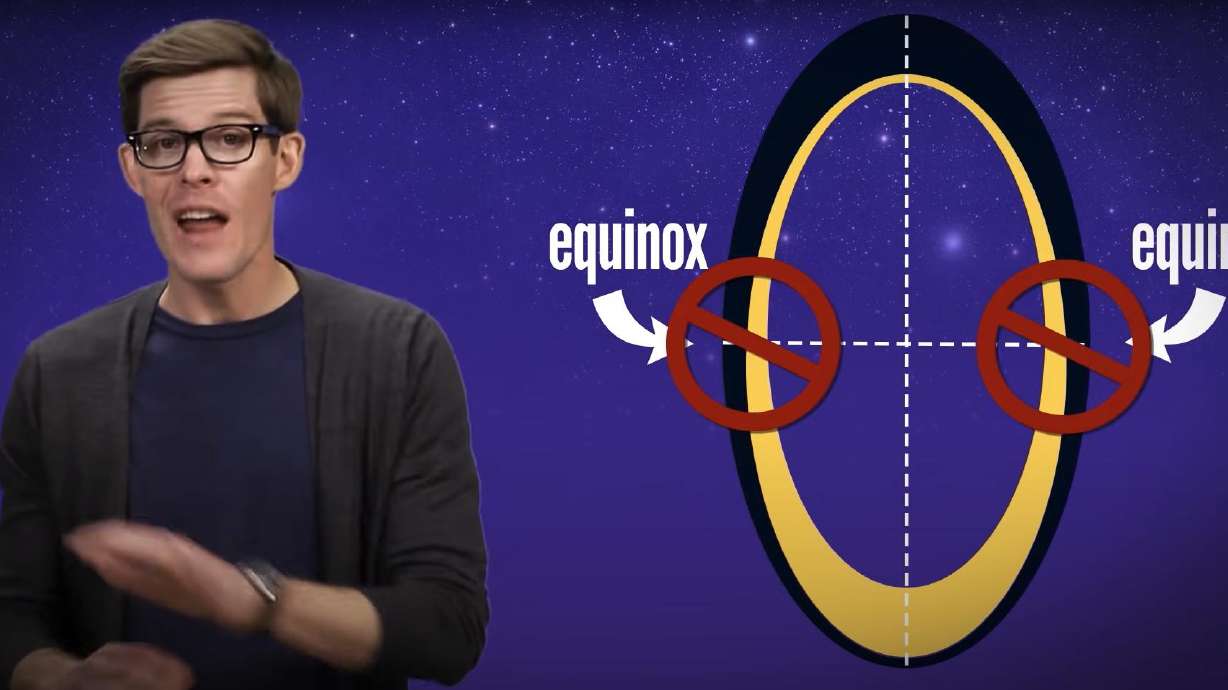Estimated read time: 1-2 minutes
This archived news story is available only for your personal, non-commercial use. Information in the story may be outdated or superseded by additional information. Reading or replaying the story in its archived form does not constitute a republication of the story.
SALT LAKE CITY — If you are like me, and have always thought an equinox to be the two days every year when we have equal hours of light and dark, we are both wrong.
The equinox is defined as the moment the sun's rays form a right angle with the Earth's axis, and is commonly used to mark the beginning of spring and fall. In Salt Lake City, that moment was Tuesday, March 19, at 9:06 p.m. this year.
But while "equinox" comes from Latin, "equa" meaning "equal," and "nox" meaning "night," this is technically a misnomer. Days and nights are not equal on the equinox, and they aren't even the moments halfway between the shortest and longest days of the year, according to biologist Joe Hanson.
One of the reasons for this confusion is the way we measure the sunrise. The sunrise starts when the upper edge of the sun touches the eastern horizon, and the sun sets as the last sliver disappears. This means day is measured as several minutes longer than the night, Hanson says.
Even without that measuring discrepancy, light bends slightly as it is refracted through the Earth's atmosphere, meaning that you see the sun before it physically crests the horizon, and after it dips below.
The actual moment when there are equal hours of light and darkness is called the "equilux," which changes depending on latitude. In Salt Lake City it was closest to equal on March 16.











